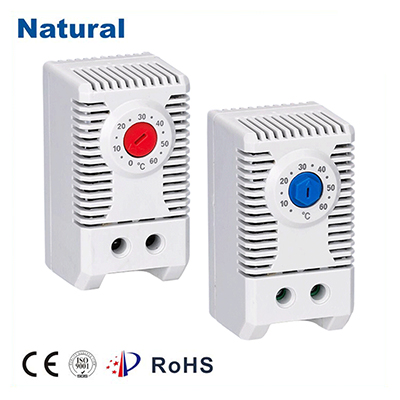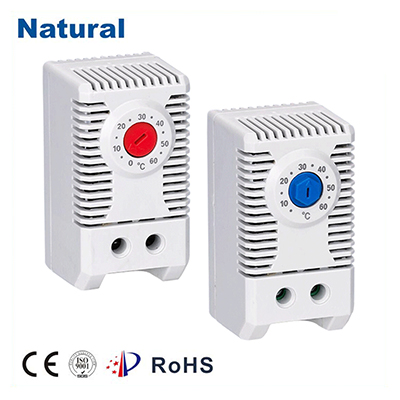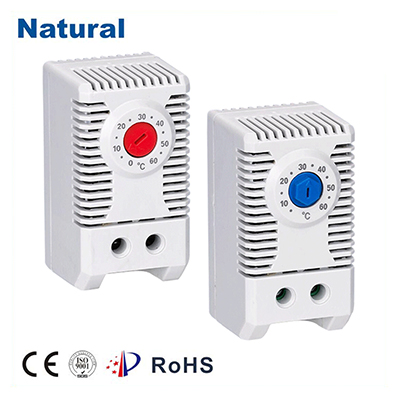Bimetal thermostats are essential devices widely used in various applications to regulate temperature effectively. These thermostats operate based on the principle of thermal expansion and contraction of metals, making them a reliable choice for controlling heating and cooling systems. In this article, we will delve into the working mechanism, applications, advantages, and limitations of bimetal thermostats, providing a comprehensive understanding of this crucial technology.

The Working Mechanism of Bimetal Thermostats

A bimetal thermostat consists of two different metals bonded together, typically in a strip or disc form. The metals used have different coefficients of thermal expansion, which means they expand and contract at different rates when subjected to temperature changes. Common materials include brass, steel, and aluminum. When the temperature rises, one metal expands more than the other, causing the bimetal strip to bend. This bending movement can be calibrated to open or close an electrical contact, thereby controlling the flow of electricity to a heating or cooling element. For instance, in a heating system, when the ambient temperature exceeds a preset threshold, the bimetal thermostat will bend and disconnect the circuit, turning off the heater. Conversely, when the temperature drops, the thermostat will reset and allow the current to flow, activating the heating element again.
